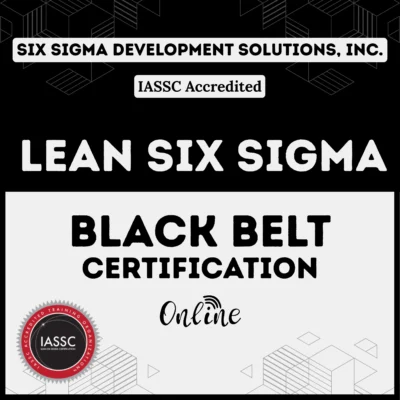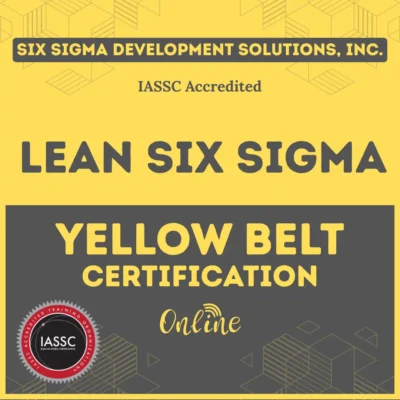Sustainable product design involves creating products that are environmentally friendly, economically viable, and socially responsible.
This process minimizes negative impacts on the environment and society throughout the product’s lifecycle. It spans from raw material extraction to product disposal or recycling. Sustainable design aims to reduce waste, lower energy consumption, and ensure that the product benefits people and the planet.
Sustainability in design is essential for businesses today. As global awareness of environmental issues grows, companies must address these challenges in product development. However, many organizations still overlook the importance of sustainable product design, despite its potential to drive business success.
Table of contents
Importance of Sustainable Product Design
Sustainable product design is often overlooked in many industries. According to research, only a small percentage of organizations prioritize sustainability in product design. This is concerning, considering that up to 80% of a product’s environmental impact results from decisions made during the design phase.
If businesses are serious about reducing their environmental footprints, they must integrate sustainability into their design processes.
Sustainable product design also has a significant impact on emissions. Product emissions contribute to a large share of a company’s overall carbon footprint. In fact, research shows that many organizations have seen a decrease in carbon emissions after adopting sustainable design strategies.
The key is to integrate sustainability into the design phase, where most environmental impacts are decided.
What Is Sustainable Product Design?
Sustainable Product design is about creating products that maximize environmental, social, and economic benefits. This approach focuses on reducing harm to the planet and society while ensuring the product remains economically viable. The goal is to minimize negative impacts and ensure long-term sustainability.
Sustainable design follows the “triple bottom line” framework. This means that success is measured not just by profit but also by positive contributions to people and the planet. Sustainable design encourages businesses to address the broader context of environmental and social issues, not just economic goals.
Principles of Sustainable Product Design
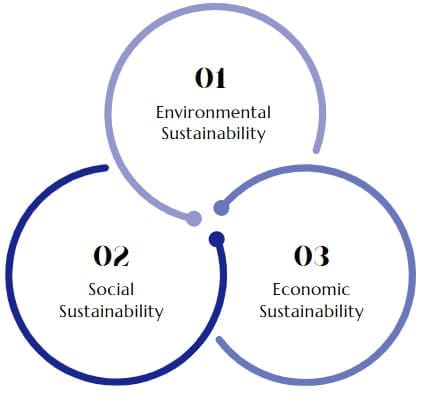
- Environmental Sustainability: Minimizing harm to the environment is a key focus. This involves selecting eco-friendly materials, reducing energy use, and minimizing waste.
- Economic Sustainability: The product must be cost-effective for businesses while promoting long-term economic stability.
- Social Sustainability: This aspect emphasizes the impact of a product on society. It considers fair labor practices, health, safety, and the product’s contribution to social well-being.
By considering these three pillars, sustainable product design seeks to create products that benefit the environment, society, and economy over their entire lifecycle.
Sustainable Design Strategies
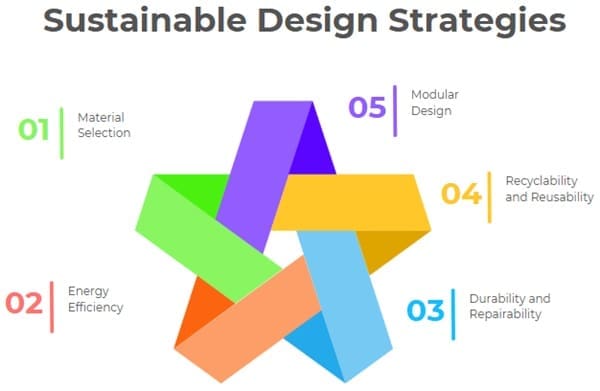
There are various strategies that businesses can implement to achieve sustainable product design. These strategies help reduce environmental impact, promote resource efficiency, and encourage the use of renewable materials. Some of the key strategies include:
- Material Selection: Choosing sustainable, renewable, or recyclable materials is crucial. This reduces the reliance on finite resources and helps minimize waste.
- Energy Efficiency: Designing products that consume less energy during production and use helps reduce their environmental footprint.
- Durability and Repairability: Sustainable products are built to last. Designing products with durability in mind reduces the need for replacements and repairs.
- Recyclability and Reusability: Designing products that can be easily recycled or reused at the end of their life cycle reduces waste.
- Modular Design: Products designed with modular components are easier to repair, upgrade, and recycle, extending their lifespan.
By incorporating these strategies, companies can create products that contribute to a more sustainable future.
Tools and Methodologies
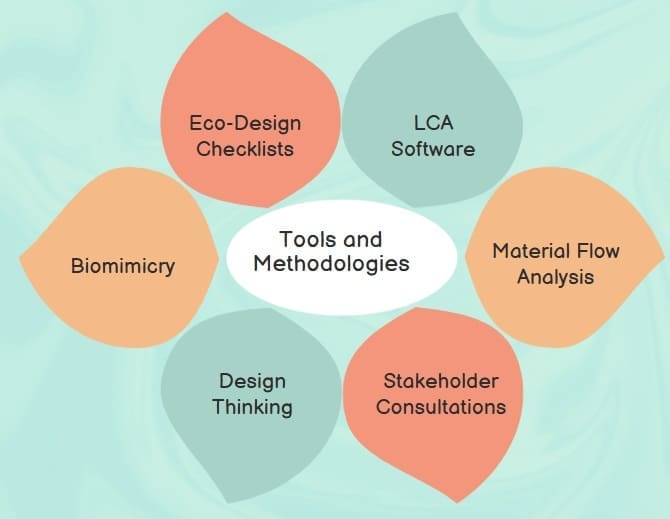
The tools and methodologies used for Sustainable Product Design is given hereunder:
Eco-Design Checklists
Checklists guide the design process, ensuring the consideration of key factors. They focus on material selection, energy efficiency, waste reduction, and social impacts. By following these checklists, designers ensure a comprehensive assessment of the product’s environmental and social footprint.
LCA Software
Software tools are used to calculate environmental impacts, analyzing energy consumption, emissions, and resource depletion. These tools generate detailed reports and facilitate comparisons between different design alternatives, aiding in the selection of the most sustainable options.
Material Flow Analysis
Analysts track material flows to identify waste streams, optimize material usage, and reduce material losses. This process improves resource efficiency and supports the implementation of closed-loop systems, contributing to a more sustainable production cycle.
Stakeholder Consultations
Designers engage with stakeholders to gather diverse perspectives and address social concerns. By considering ethical implications and building consensus, designers ensure that the product is well-received and accepted by the relevant communities.
Design Thinking
Designers apply a human-centered approach, beginning with empathy for users and a clear definition of problems. Through creative ideation, prototyping, and testing, they refine solutions based on feedback, iterating to meet user needs effectively.
Biomimicry
Designers look to nature for inspiration, mimicking natural processes and adapting natural forms. By applying ecological principles, they develop innovative solutions to sustainability challenges, often leading to more efficient, harmonious, and sustainable designs.
Circular Economy and Sustainable Design
Sustainable product design is closely related to the concept of the circular economy. This economic model is based on the idea of reducing waste and keeping resources in use for as long as possible.
Instead of the traditional linear model, where products are made, used, and discarded, the circular economy encourages a closed-loop system. In this system, products are designed for longevity, repairability, and recyclability, ensuring that they can be reused or recycled instead of ending up in landfills.
Circular Design Principles
- Dematerialization: Reducing the amount of material used in a product without compromising its functionality.
- Design for Longevity: Creating products that last longer and can be easily repaired.
- Product Take-Back: Designing products with a plan for their return and reuse after their initial use.
- Closed-Loop Materials: Using materials that can be reused or recycled indefinitely, reducing the need for new raw materials.
The shift to a circular economy helps decouple economic growth from the overconsumption of finite resources. It also promotes resilience in supply chains by reducing dependence on virgin materials, which are often subject to price fluctuations and scarcity.
Role of Innovation in Sustainable Product Design
Innovation plays a significant role in sustainable product design. As environmental and social pressures increase, companies must find new ways to innovate and meet the demands of sustainability. Sustainable design requires forward-thinking solutions that consider future business risks and evolving consumer needs.
Innovation in sustainable design not only addresses environmental challenges but also offers opportunities for businesses to differentiate themselves in the market. By developing products that are environmentally friendly and socially responsible, companies can attract conscious consumers and enhance their brand reputation.
Challenges in Sustainable Product Design
While sustainable product design offers many benefits, it also comes with challenges. Some of the key challenges include:
- Cost: Sustainable materials and processes can be more expensive than traditional methods, which may discourage some companies from adopting sustainable design practices.
- Complexity: Sustainable design often requires collaboration between different functional groups, such as engineering, manufacturing, and marketing. This can add complexity to the design process.
- Consumer Demand: In some markets, there may be limited consumer demand for sustainable products, making it harder for businesses to justify the investment.
- Supply Chain Limitations: Access to sustainable materials and suppliers may be limited, especially for companies in regions with less access to green technologies.
Despite these challenges, the long-term benefits of sustainable design outweigh the initial hurdles. Over time, as consumer demand for sustainable products grows and the cost of green technologies decreases, these challenges will become easier to overcome.
Future of Sustainable Product Design
The future of sustainable product design looks promising. As awareness of environmental and social issues increases, businesses will continue to prioritize sustainability in their product development processes. The transition to a circular economy, the use of renewable materials, and the adoption of energy-efficient technologies will shape the future of product design.
Moreover, as consumer demand for eco-friendly products rises, companies will increasingly see sustainability as a competitive advantage. By designing products that are not only functional and attractive but also environmentally responsible, businesses can enhance their brand value and build stronger customer loyalty.
Final Words
Sustainable product design is a business imperative in today’s world. It helps businesses reduce their environmental impact, improve efficiency, and create products that benefit society and the economy.
By embracing sustainable design principles, companies can address environmental challenges, reduce costs, and position themselves for long-term success in an increasingly eco-conscious market.
Sustainable product design is about more than just reducing harm; it’s about creating positive change. By adopting strategies that focus on material selection, energy efficiency, durability, and recyclability, businesses can design products that contribute to a circular economy and promote sustainability throughout their lifecycle.
As the demand for sustainable products grows, companies that prioritize sustainability in their design processes will be well-positioned to succeed in the future.




